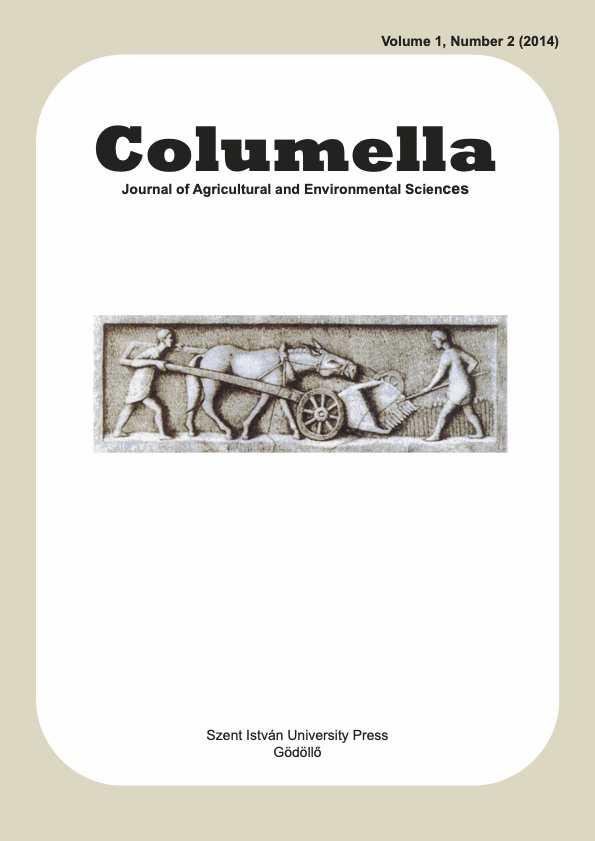The frequency of genetic rearrangements during carrot (Daucus carota) somatic embryogenesis is dependent on 2,4-D levels and diminished in its absence
DOI:
https://doi.org/10.18380/SZIE.COLUM.2014.1.2.109Keywords:
genetic alterations, replicon size, ploidy-level distribution, plant tissue culture, somatic embryogenesis, genetic identityAbstract
For quantification of genetic variations occurring in plant tissue cultures, DNA sequence alterations and replicon- size changes were monitored through subsequent phases of the model carrot tissue culture system, from the 2,4-D-induced proembryiogenic cell cultures to regenerated plantlets, by RAPD and flow cytometry techniques. Banding patterns of random amplified DNA fragments and ploidy-level distributions of cultured cells were significantly different in the presence and in the absence of 2,4-D. In addition, there were marked differences between the cells induced with lower (1.0 mg/l) and higher (2.5 mg/l) doses of 2,4-D. Among those samples that were cultured in the absence of 2,4-D, the epicotyl (C2), hypocotyl control (H1) and the morphologically normal regenerants (IV2) showed identical banding patterns overlapping with the true-to-type seedling controls (N1, N2). In contrast, treatment of starting explants (H2) with 1.0 mg/l 2,4-D resulted in a marked 82% increase in the number of amplified fragments associated with an appearance of cell lines possessing unusual haploid-like and aneuploid-like DNA contents. The induction with 2.5 mg/l 2,4-D resulted in even greater increase in the number of DNA fragments (~100%) amplified from proembryiogenic cell cultures, while it had no further effect on ploidiy-level distributions compared to the treatment with 1.0 mg/l 2,-D. After the withdrawal of the synthetic auxin, banding patterns and ploidy-level distributions were gradually shifted back to the levels of controls resulting in true-to-type regenerants. Conclusions are in short, the combined use of RAPD and flow cytometry can make quantification of genetic variations typical of dedifferentiated plant cells possible. Quantification opens the window for comprehensive evaluation of different methods, treatments and bioactive compounds.
Downloads
Published
Issue
Section
License
Copyright (c) 2014 Ottó Toldi

This work is licensed under a Creative Commons Attribution-NonCommercial-NoDerivatives 4.0 International License.






